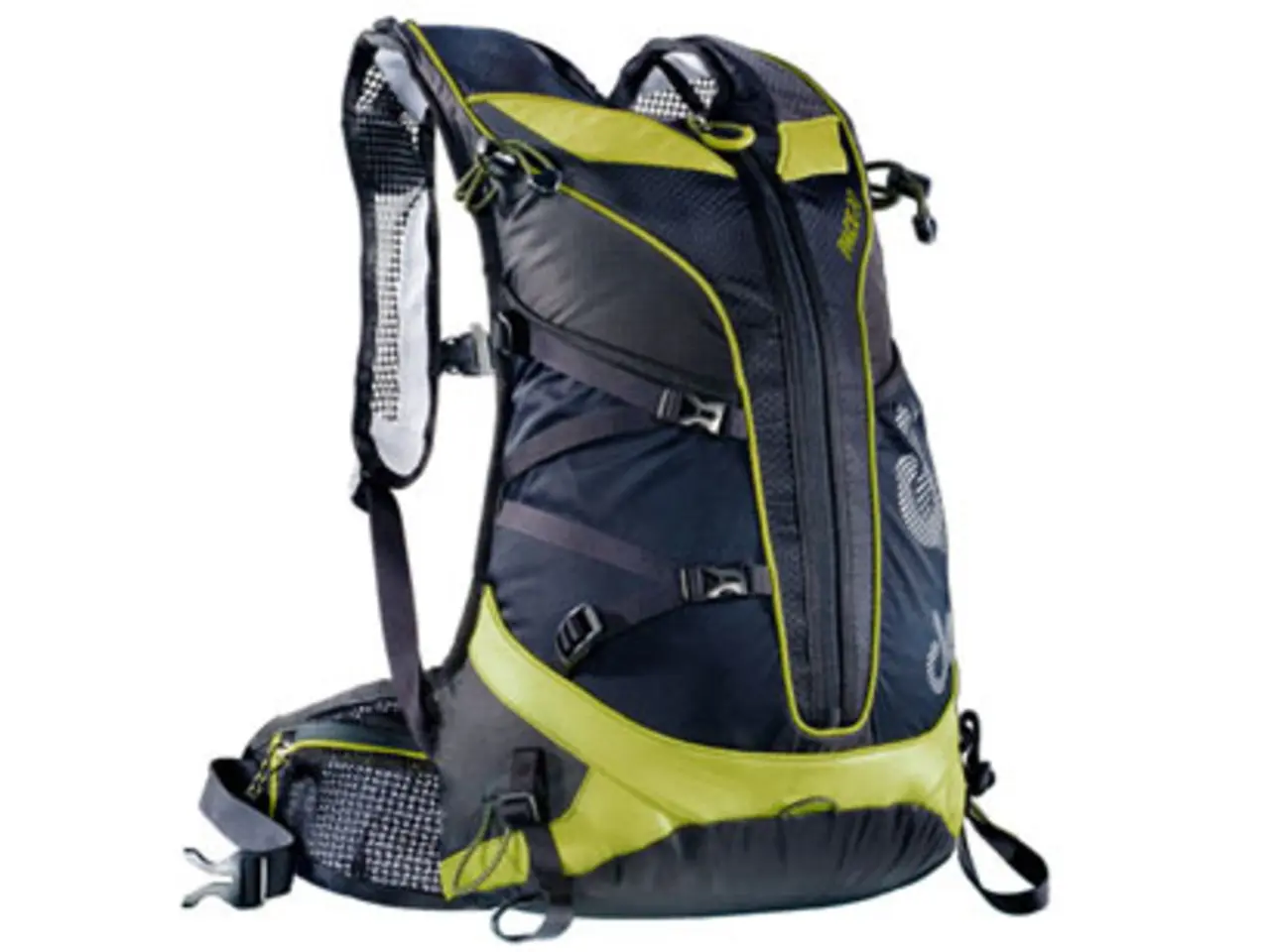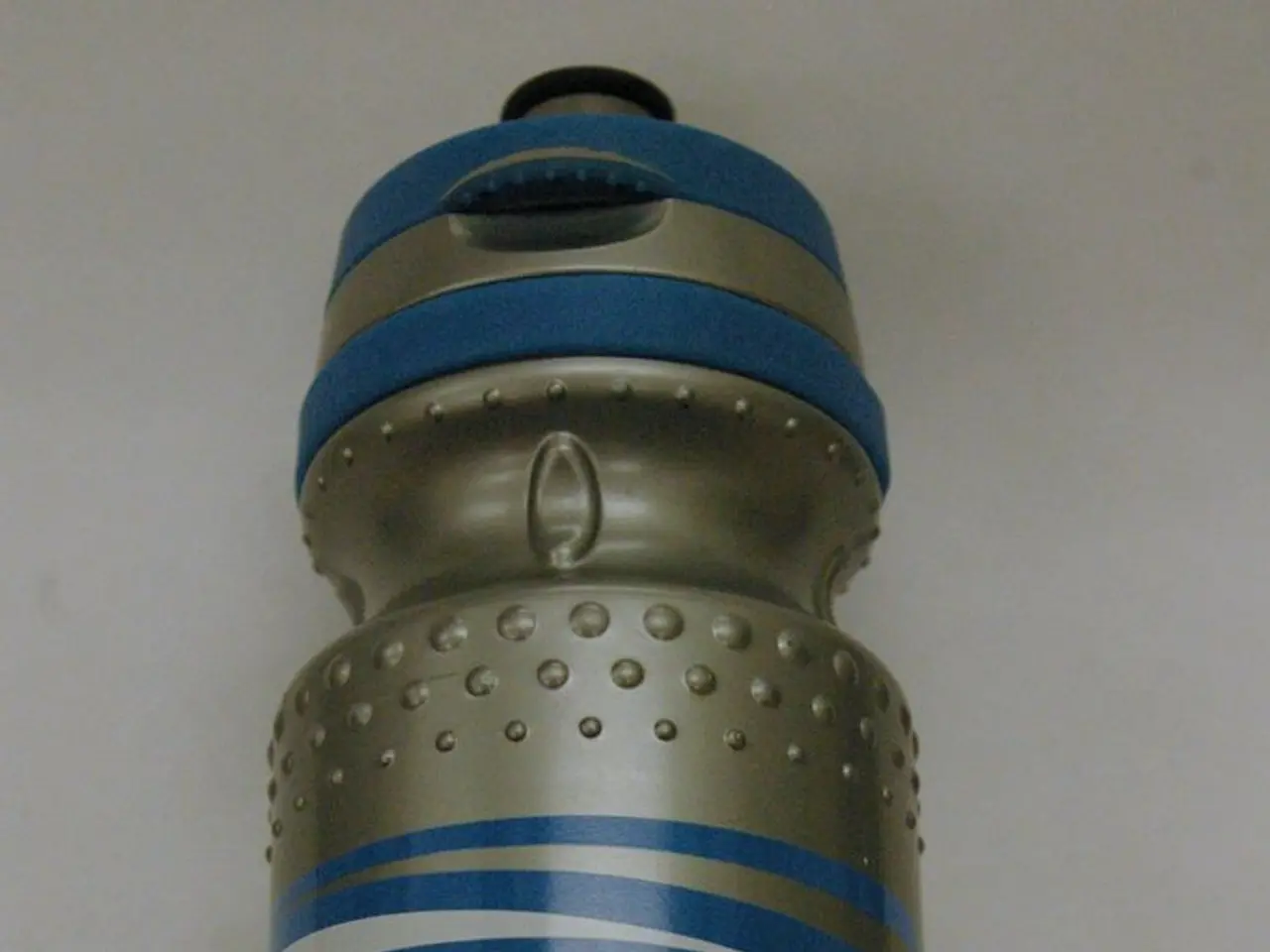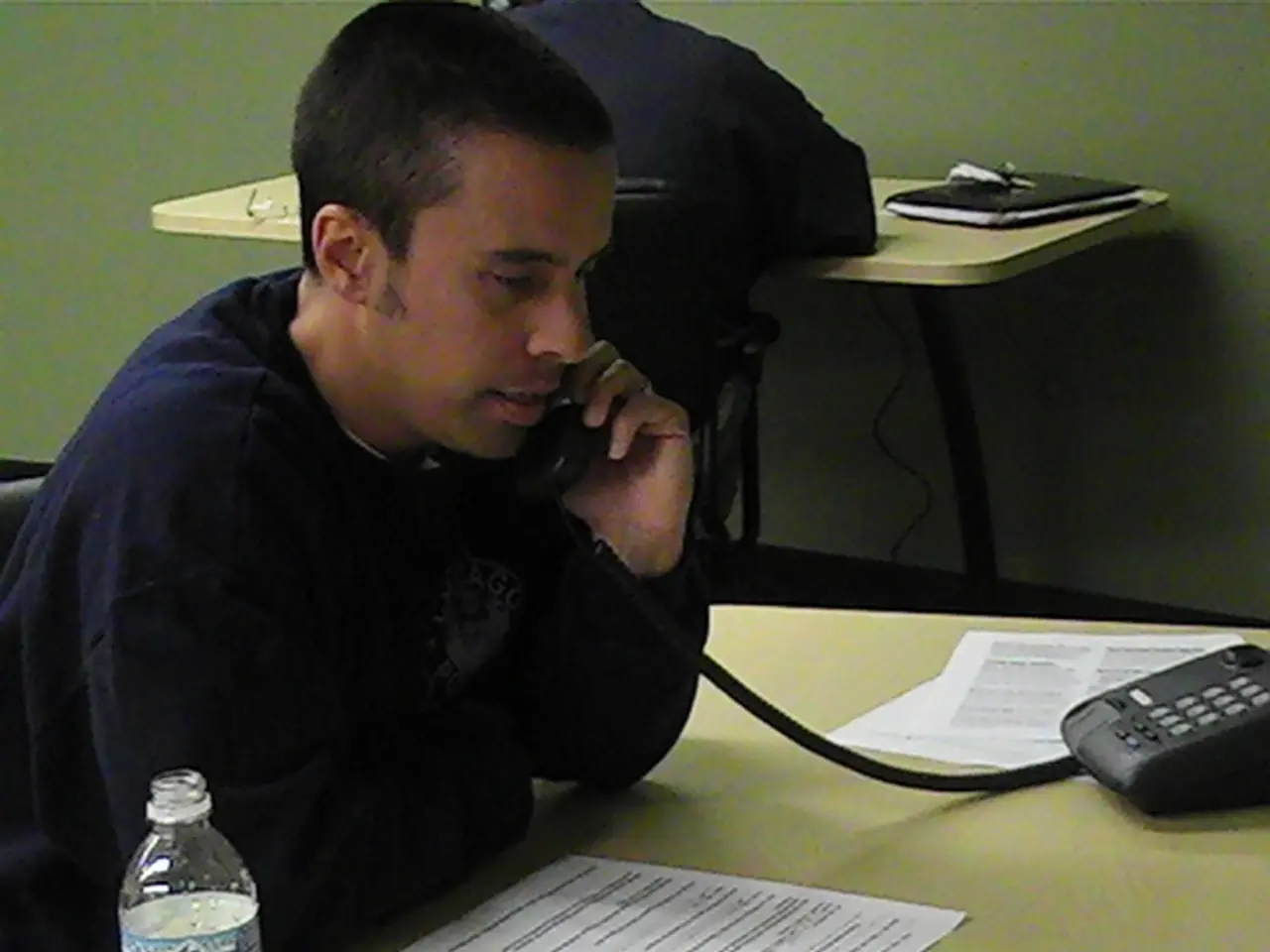EU introduces new regulations for airport luggage screening
In a significant development, the European Union has approved the use of advanced computed tomography (CT) devices for luggage scanning at airports across 21 EU countries. These state-of-the-art scanners, manufactured by Smiths Detection, are designed to detect both solid and liquid explosives, marking a major step towards relaxing the long-standing 100ml liquid bottle rule in hand luggage.
The new scanners, which have been in development for some time, use medical-grade CT technology to create detailed 3D images of luggage contents without the need for removal of liquids. This innovative technology significantly improves threat detection capabilities, providing a more efficient and less intrusive screening process for passengers.
Germany, alongside the Netherlands, Italy, Spain, and Ireland, is currently rolling out these next-generation 3D CT scanners at select airports. However, it's important to note that the full implementation of these scanners across all German airports will take several years, with the timeline varying by airport.
A spokesperson confirmed that while around 700 new scanners are operational or being installed across the 21 EU countries, airports cannot replace all equipment simultaneously. As a result, travelers should expect the 100ml liquid limit to remain in many checkpoints until the new scanners are fully deployed.
The deployment of these scanners is part of a broader EU-wide effort to enhance airport security measures. However, the rollout is uneven, with some airports or terminals still maintaining the old restrictions until scanner installation is complete. For instance, Milan Bergamo airport is still enforcing the 100ml liquid limit, with installation expected to be completed in the coming months.
The uneven rollout is also due to certification issues, as only scanners from specific manufacturers, such as Smiths Detection, are currently certified for this purpose. This may delay some airports' upgrades as they await equipment certification.
In summary, Germany will fully implement the new scanners allowing larger bottles of liquids in carry-on luggage over the coming years, but no exact nationwide deadline has been set. Passengers are advised to check specific airport updates for the latest status on the implementation of these new scanners.
The introduction of these next-generation 3D CT scanners, designed by Smiths Detection, in various airports across the European Union should lead to a shift in lifestyle for frequent travelers, as it may ease the restrictions on travel-sized liquids in carry-on luggage. With the rollout being uneven across different airports, it's crucial for passengers to stay updated about their specific airport's implementation progress to accurately predict any changes to their normal transport routines.




